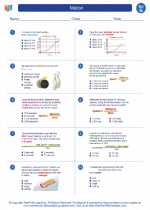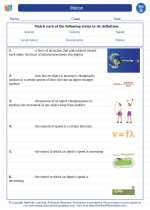Historical Sources
Historical sources are the materials that provide information about the past. These sources can be categorized into two main types: primary sources and secondary sources.
Primary Sources
Primary sources are the original materials or evidence from the time period being studied. These sources are firsthand accounts of events, objects, or people. Examples of primary sources include letters, diaries, photographs, artifacts, speeches, and interviews.
Secondary Sources
Secondary sources are interpretations or analyses of primary sources. They are created after the time period being studied and often involve the synthesis of multiple primary sources. Examples of secondary sources include textbooks, biographies, scholarly articles, and documentaries.
Types of Historical Sources
Historical sources can also be classified based on their nature, such as archaeological sources, oral traditions, written sources, and visual sources. Each type of source provides unique insights into the past and contributes to our understanding of history.
Evaluating Historical Sources
When studying historical sources, it is important to critically evaluate their reliability, accuracy, and bias. Factors such as the author's perspective, the context in which the source was created, and the intended audience should be considered when analyzing historical sources.
Study Guide
- What are primary sources? Provide examples of primary sources.
- Explain the difference between primary sources and secondary sources.
- Discuss the types of historical sources based on their nature.
- Why is it important to evaluate the reliability and bias of historical sources?
Understanding historical sources is essential for gaining insights into the past and interpreting historical events. By critically analyzing and interpreting various types of historical sources, historians and researchers can construct a more comprehensive and accurate understanding of history.
.






